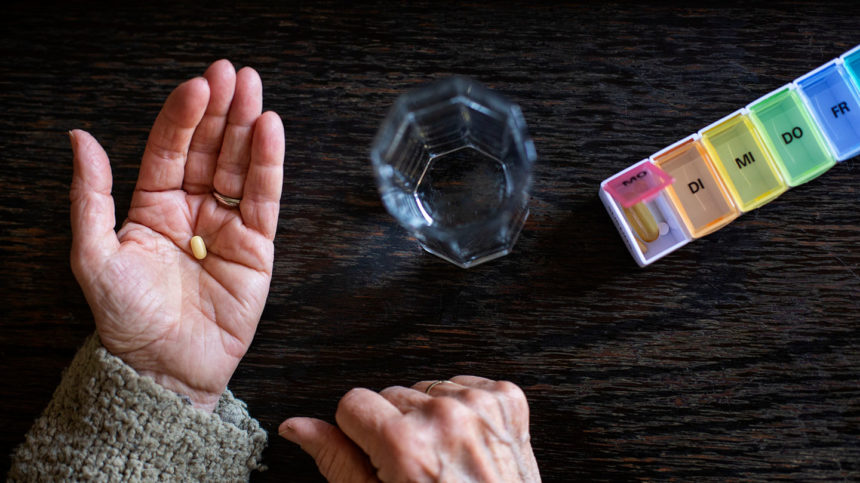
A new study finds that there was a higher rate of bleeding and not much of a difference in the efficacy when nursing home residents took standard doses of direct oral anticoagulants (DOACs) compared to lower doses. Doctors are calling on clinicians to use the reduced dose, as the standard dose produced more bleeding.
The differing doses weren’t linked to lower deaths or thrombotic events, the data showed.
Older adults in nursing homes who have multiple morbidities and nonvalvular atrial fibrillation have a very high risk of both major bleeds and thrombotic events. There’s not a lot of data comparing standard and reduced doses on older adults who have multiple morbidities who wouldn’t otherwise meet the criteria for dose reduction, the authors said.
The study was published in the Journal of the American Heart Association on Monday.
Data came from 21,878 older adults who lived in nursing homes. All of the participants had nonvalvular atrial fibrillation (NVAF). The mean age of the participants was 82 years old, 66% were women, and 31% had moderate to severe cognitive impairments.
People who took the standard dose of DOACs experienced 1.4 more bleeds for every 100 person years compared to those on reduced doses. The highest bleeding rates were in people 80 years old or higher who weren’t obese.
When researchers followed up over the course of one year, the overall rate of major bleeds in that population was 8.6 per 100 person-years. There were 5.7 thrombotic events per 100 person years.
“Given the potential harms and unclear benefits of standard DOAC dosing, our results support the use of reduced-dose DOACs for many older adults with multiple chronic medical conditions,” said Sarah Berry, MD, of Hebrew SeniorLife’s Hinda and Arthur Marcus Institute for Aging Research, which is affiliated with Harvard Medical SChool.
DOACs can prevent serious thrombotic events like stroke in residents with NVAF, and have a lower risk of major bleeding events compared to the drug warfarin.




